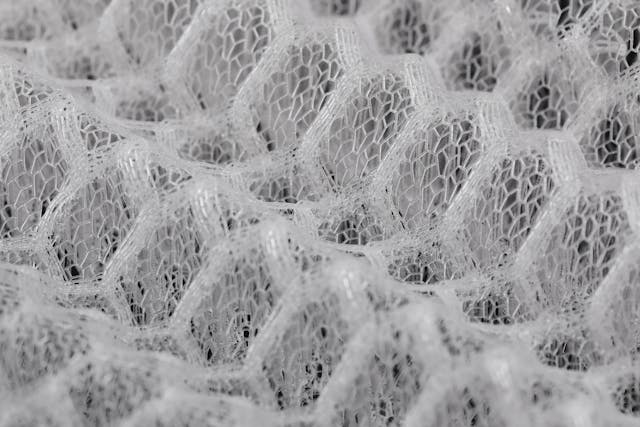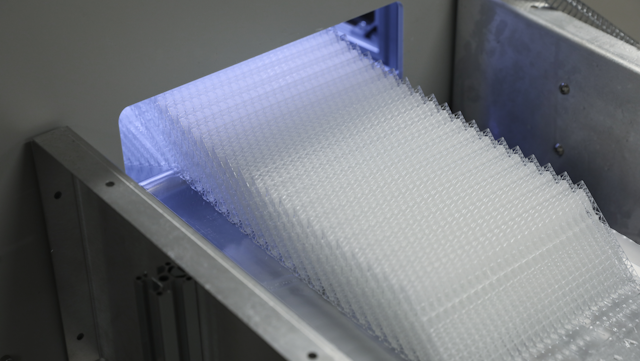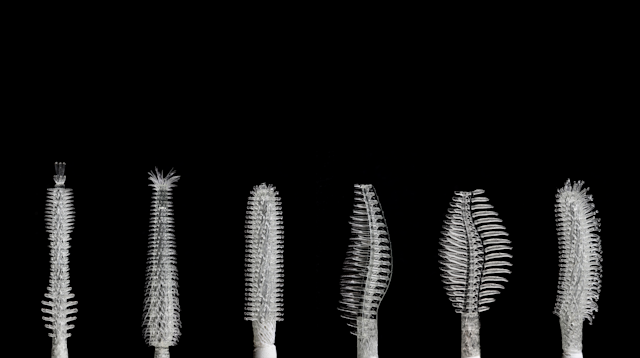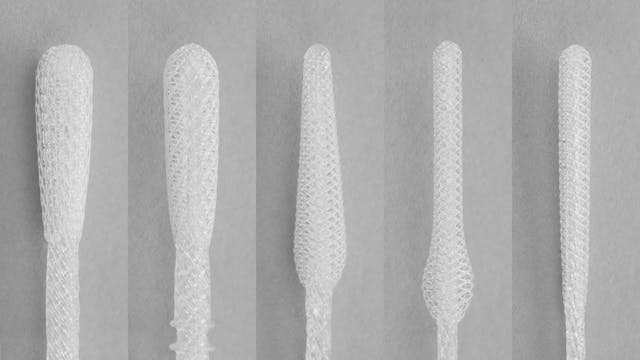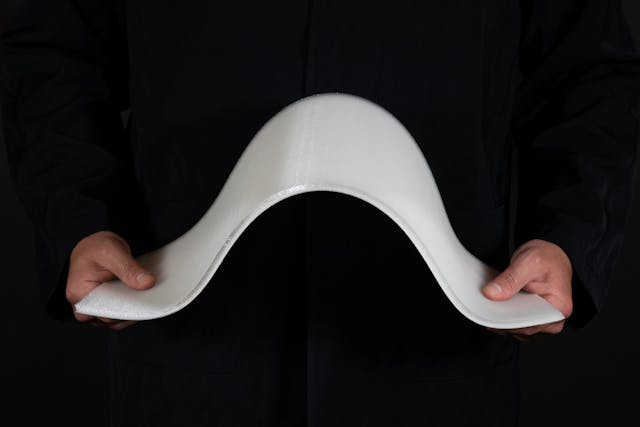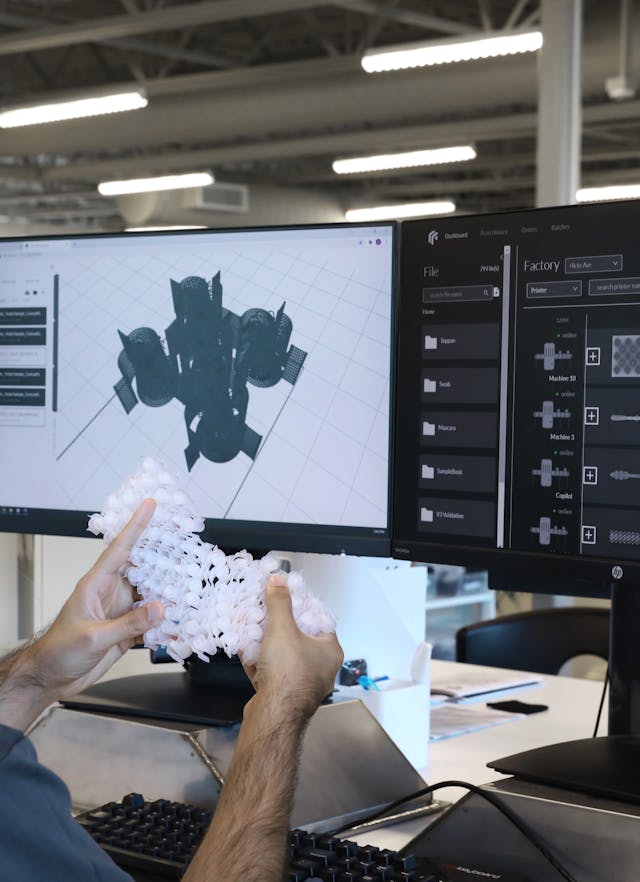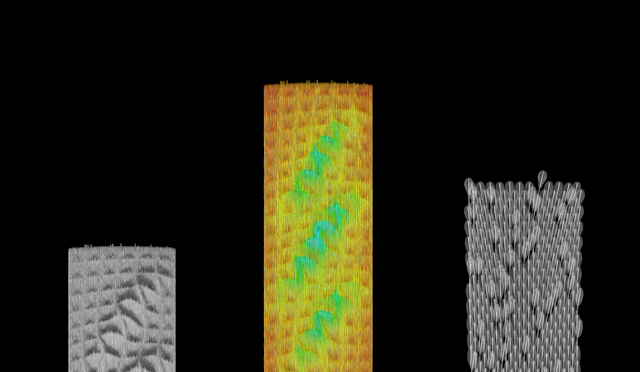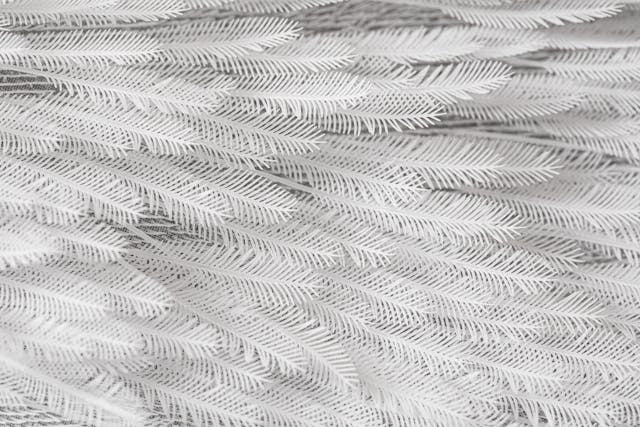How Brush Mat Linings Improve Parts Feeding in a Vibratory Conveyor
How Brush Mat Linings Improve Parts Feeding in a Vibratory Conveyor
Commonly used in industrial settings for parts feeding, vibratory conveyors play a crucial role in efficiently moving and orienting various components along a production line. Despite their widespread use by vibratory conveyor OEMs, there are several challenges associated with parts feeding within vibratory conveyors.
Vibratory conveyors can generate significant noise and vibrations, which may impact the working environment and potentially affect the longevity of the equipment.
Maintaining the proper orientation and alignment of the parts as they move along the conveyor is another concern among vibratory conveyor OEMs. Fragile parts can be damaged, while irregularly shaped parts struggle to align, leading to potential jams or disruptions in the production process.
There are a few solutions to improving parts feeding in a vibratory conveyor. One of the top remedies is the use of brush mat linings.

Flexibility and efficiency
Brush mat linings consist of rows of flexible brush-like filaments that cover the surface of the conveyor bed. There are a few ways in which these products can improve parts feeding.
Brush mat linings create a softer surface compared to a rigid metal or synthetic bed. These flexible mat linings act as a damping mechanism for the vibrations generated by the vibratory conveyor, absorbing the energy to reduce excessive bouncing and erratic movement of the parts.
This reduced friction helps to dampen the impact of parts as they move along the conveyor.
The softer contact between the parts and the conveyor surface minimizes the chances of damage to the parts, especially delicate or sensitive components.
Made in the U.S. using additive manufacturing, OPT Industries’ PolyBrush is one example of a brush mat lining with a density that has been optimized to provide support for fragile pieces by holding them away from the conveyor. By providing a degree of traction that helps prevent parts from sliding or skidding on the conveyor surface, PolyBrush’s brush mat linings can be particularly beneficial for smaller or lighter parts by maintaining consistent and controlled movement. By creating these non-slip surfaces, the gaps between PolyBrush’s bristles have been proven to offer effective load resistance. This also maximizes the machinery’s efficiency.
Noise reduction is another way that the use of brush mat linings can be beneficial for vibratory conveyor OEMs. The softer interaction between the parts and the brush filaments tends to produce less noise compared to the impact on a rigid surface, creating a quieter working environment.
When it comes to durability, brush mat linings help to distribute the load more evenly across the conveyor surface, reducing wear and tear on both the conveyor and the parts being conveyed. This can extend the lifespan of the equipment and minimize the need for frequent maintenance.
Lastly, brush mat linings are often customizable, allowing for tailored solutions based on the specific requirements of the parts being conveyed. The top brush mat lining companies create sheets that can be easily cut and shaped to size, facilitating usage in various machines, including those already on the market. This level of customization enables engineers to optimize the brush mat lining for different part geometries and material characteristics.
With a flexible and controlled environment for parts movement, brush mat linings can be a game-changer for vibratory conveyor OEMs. By contributing to minimizing bouncing, reducing friction, improving part orientation, brush mat linings can enhance the overall efficiency and reliability of parts feeding systems.
